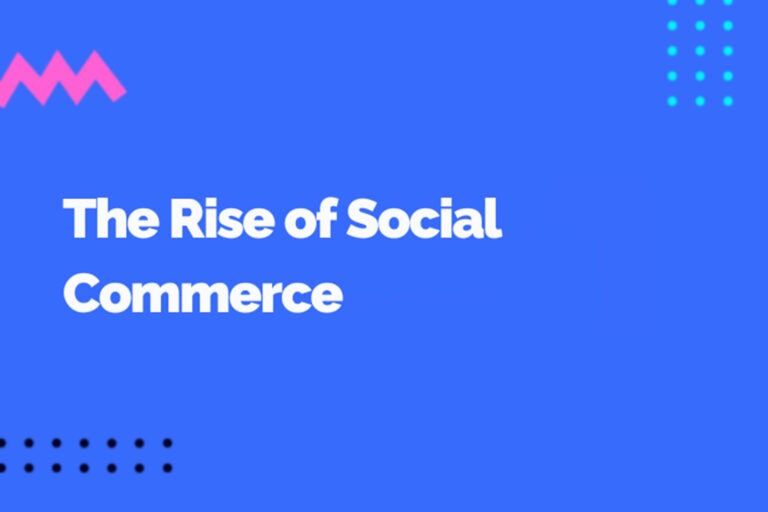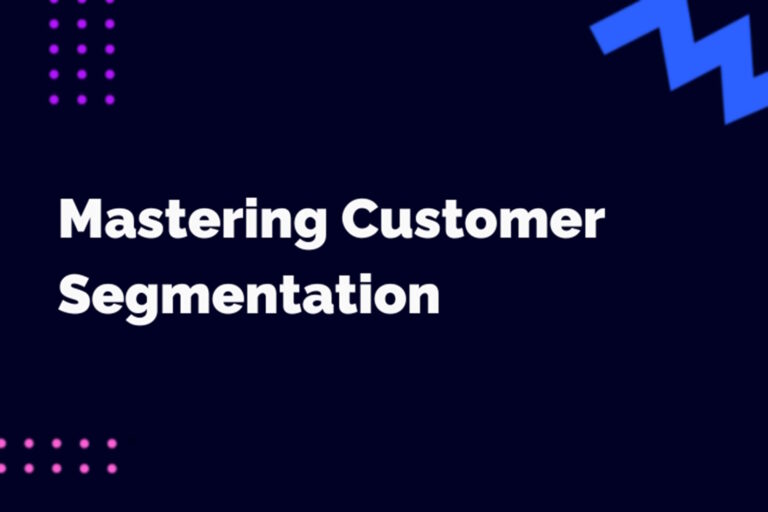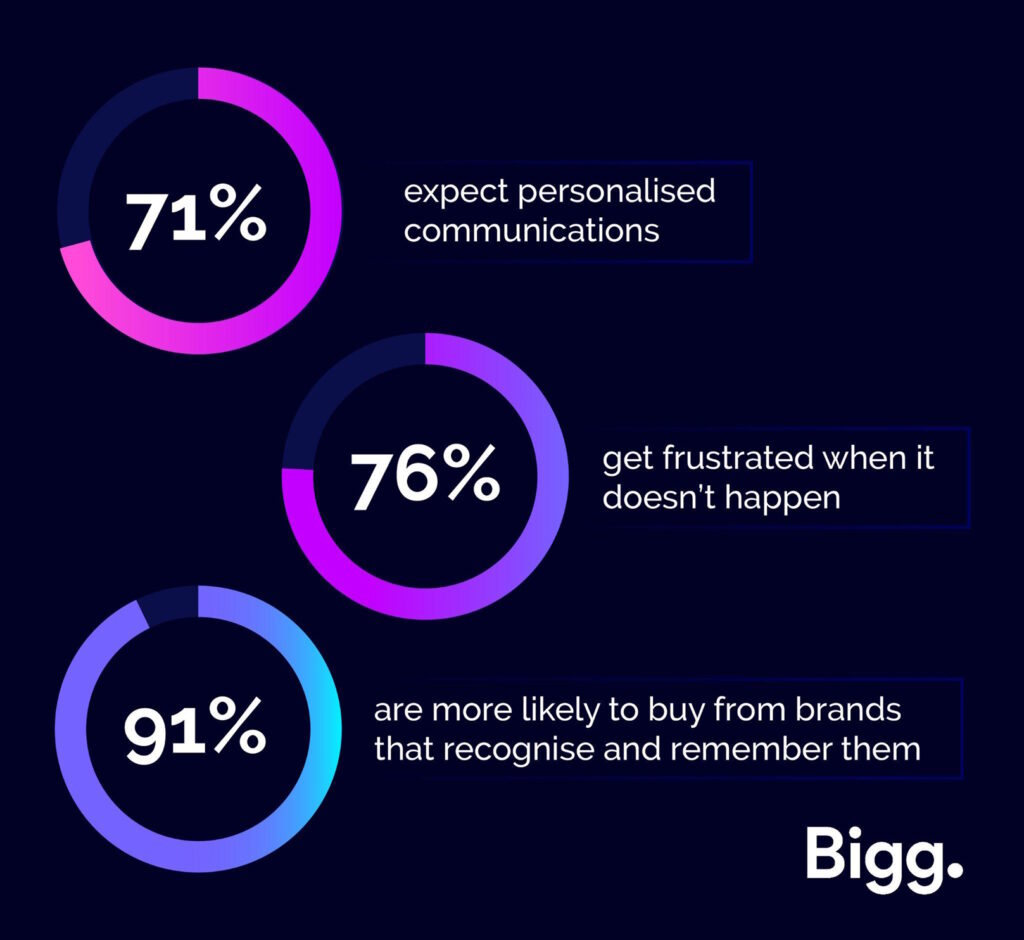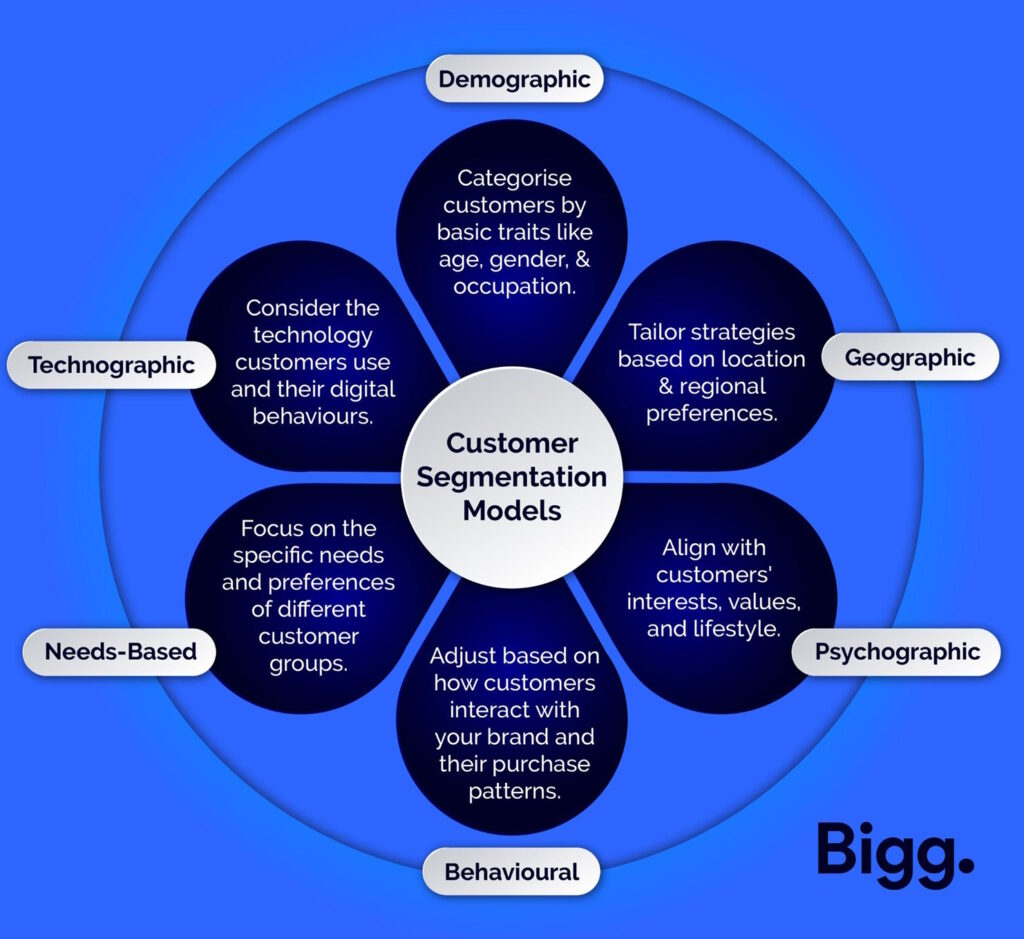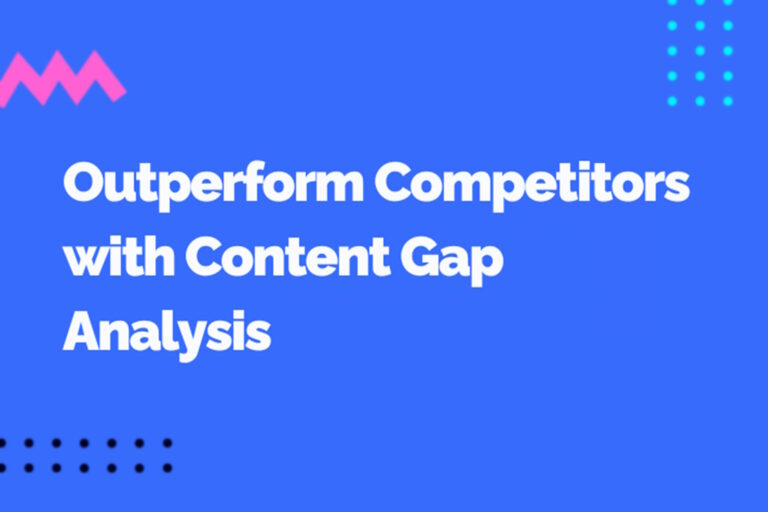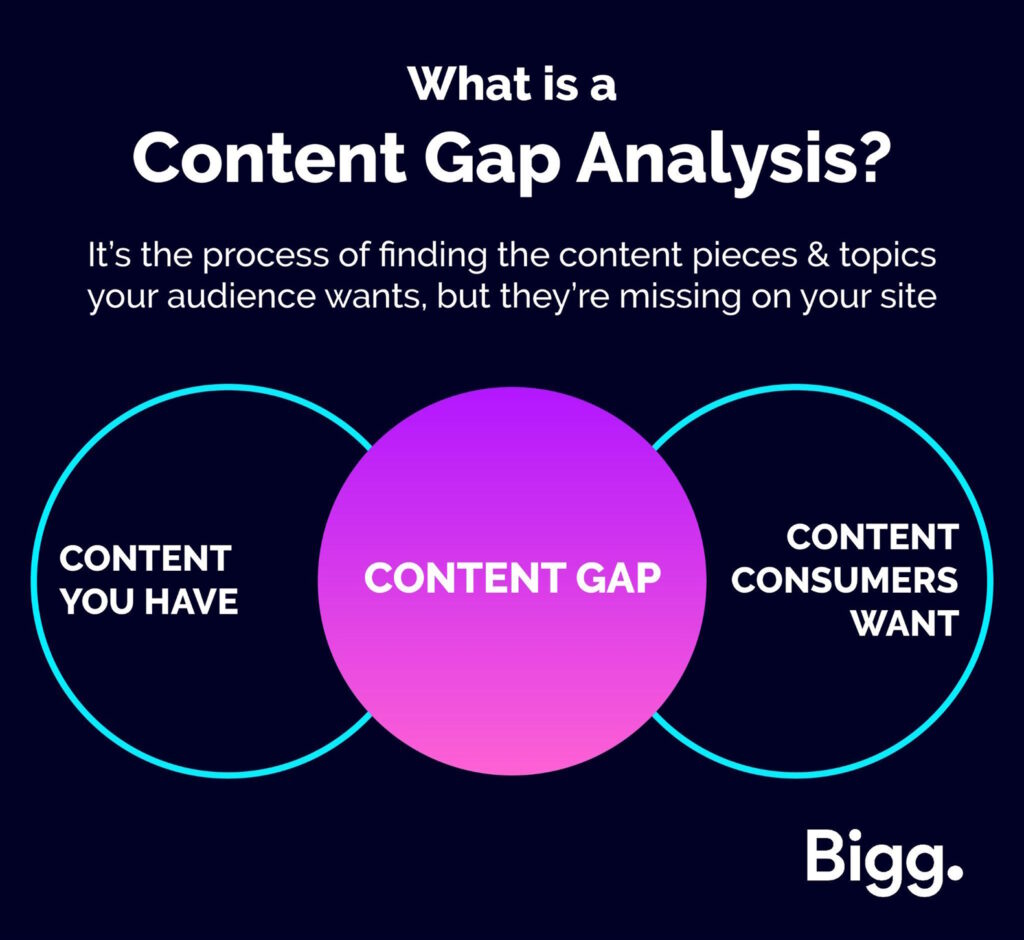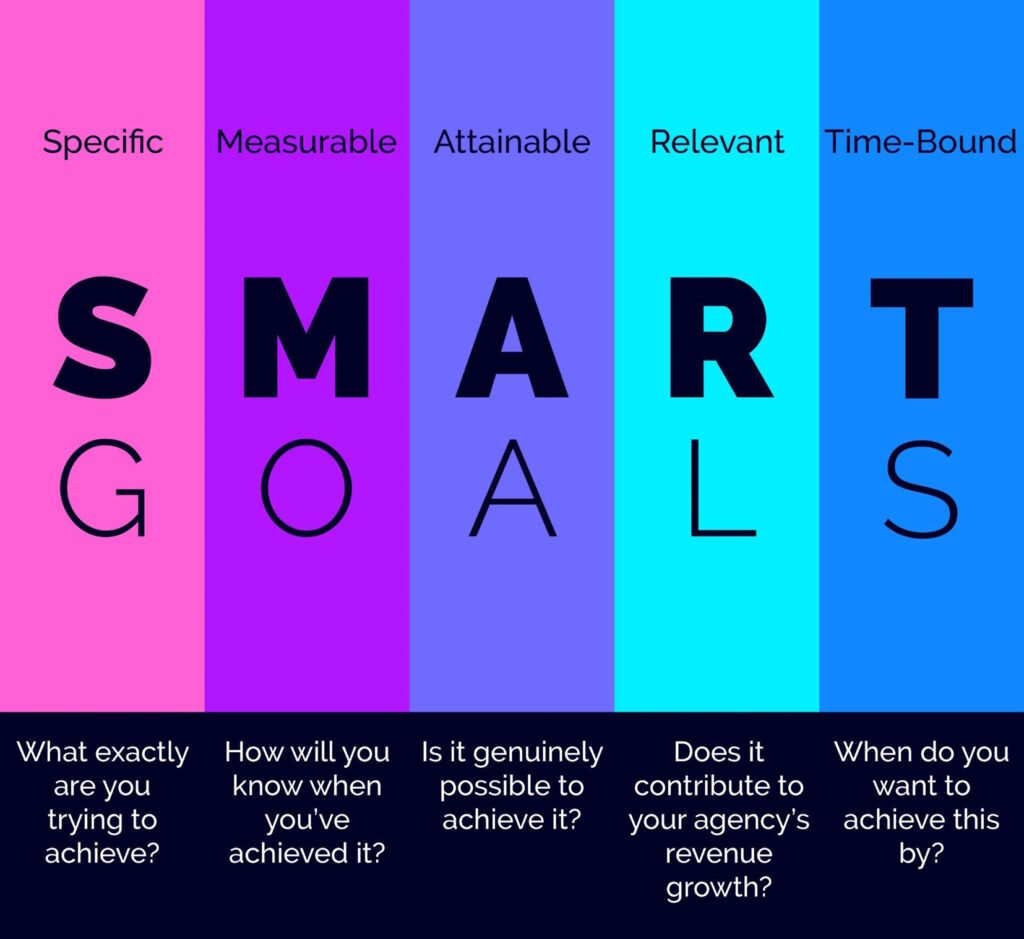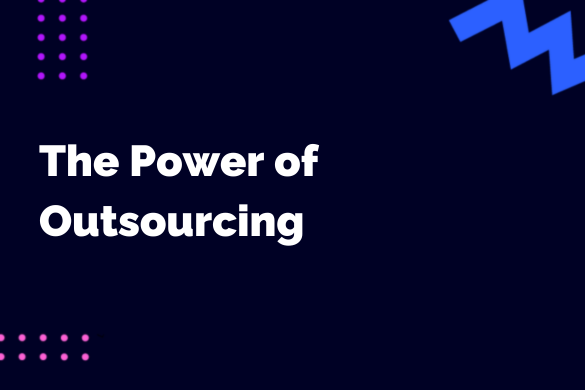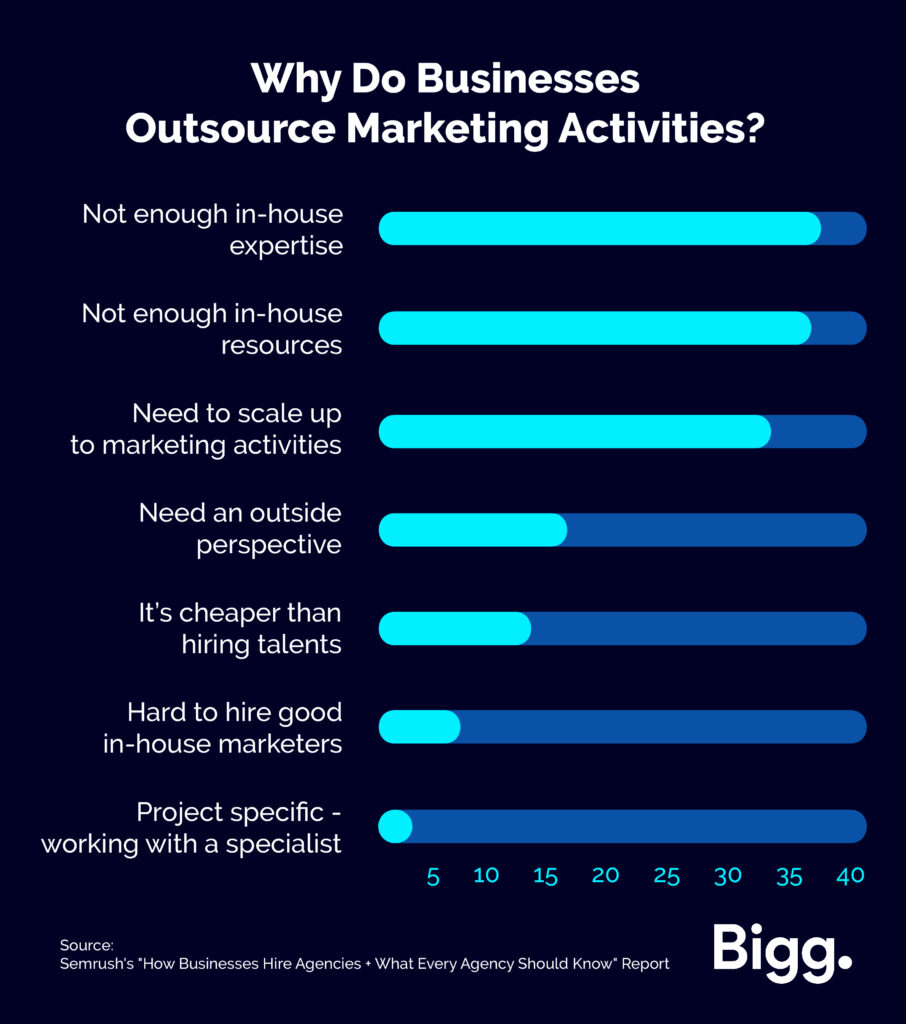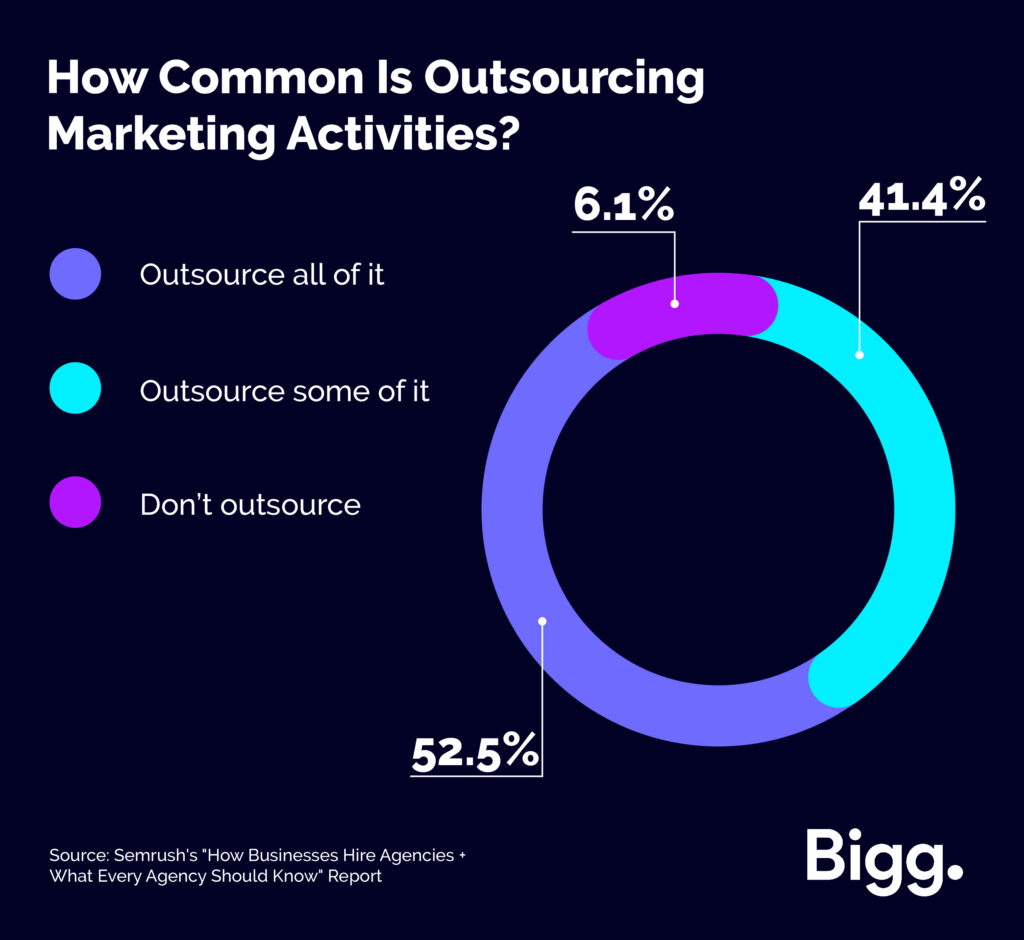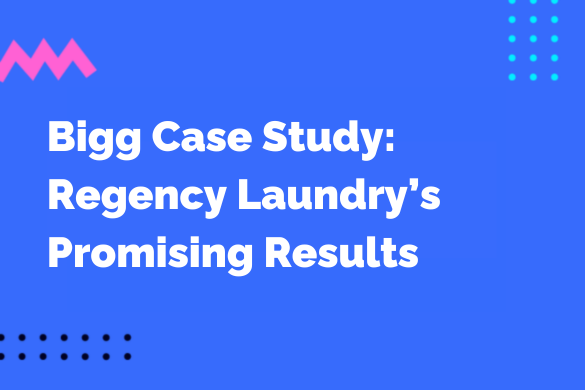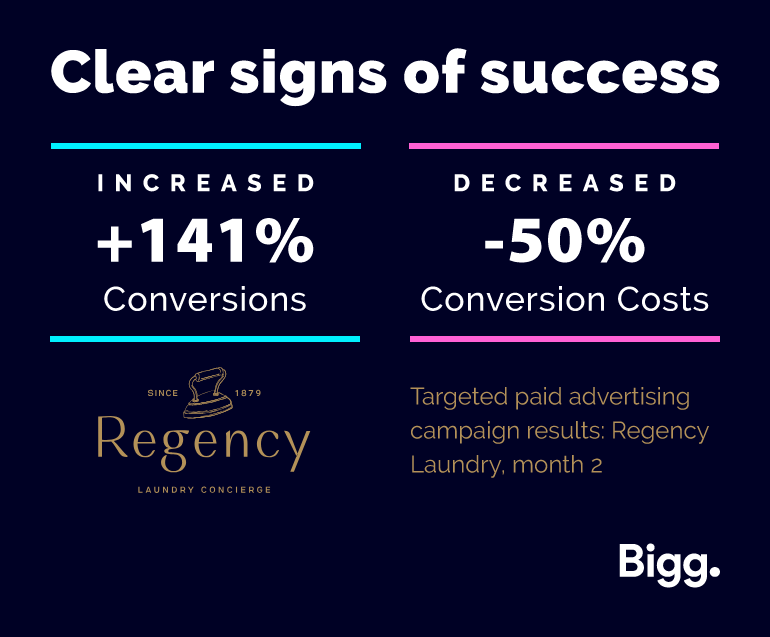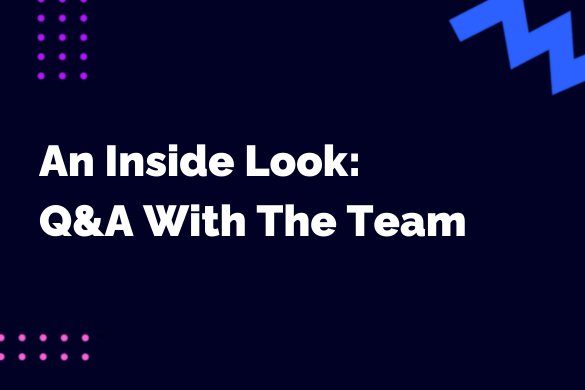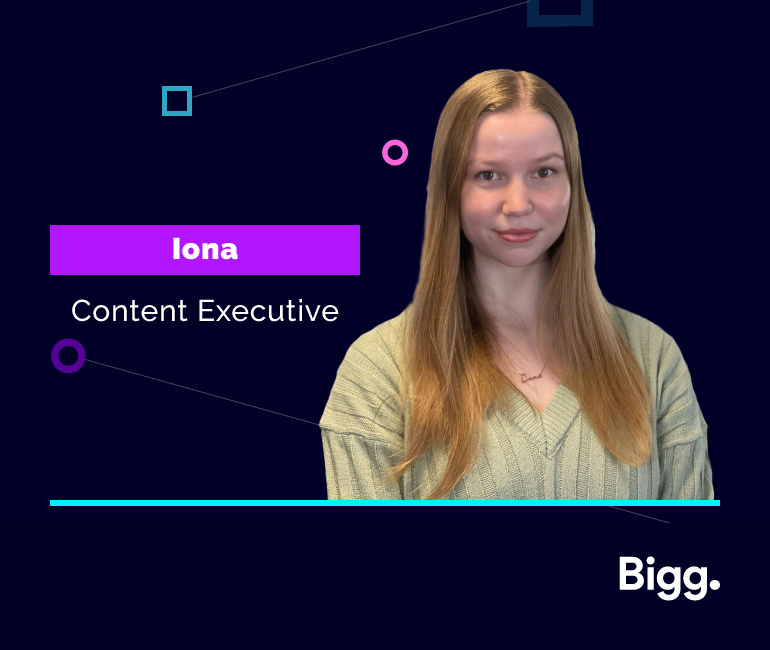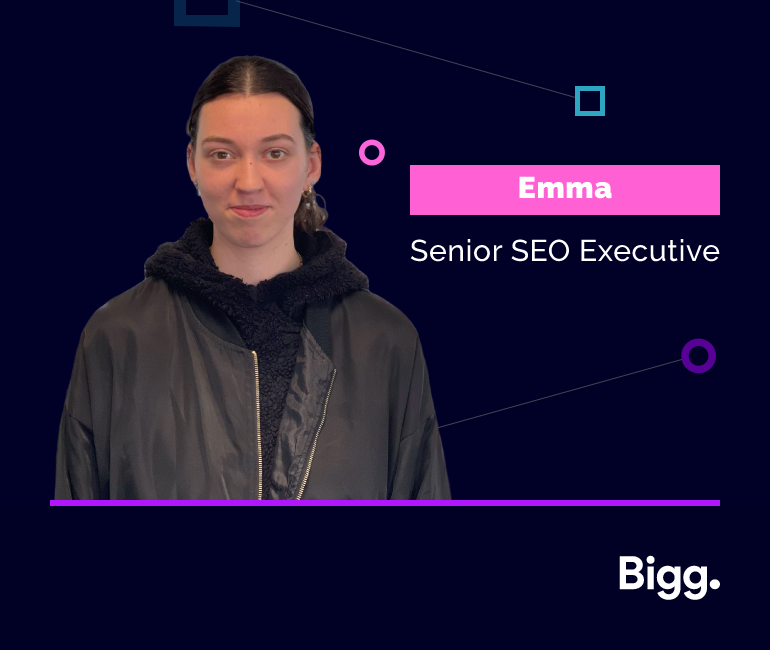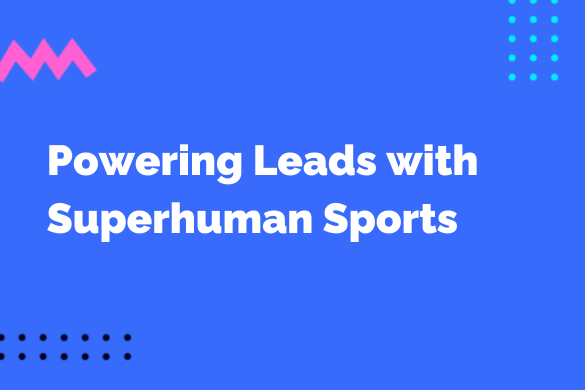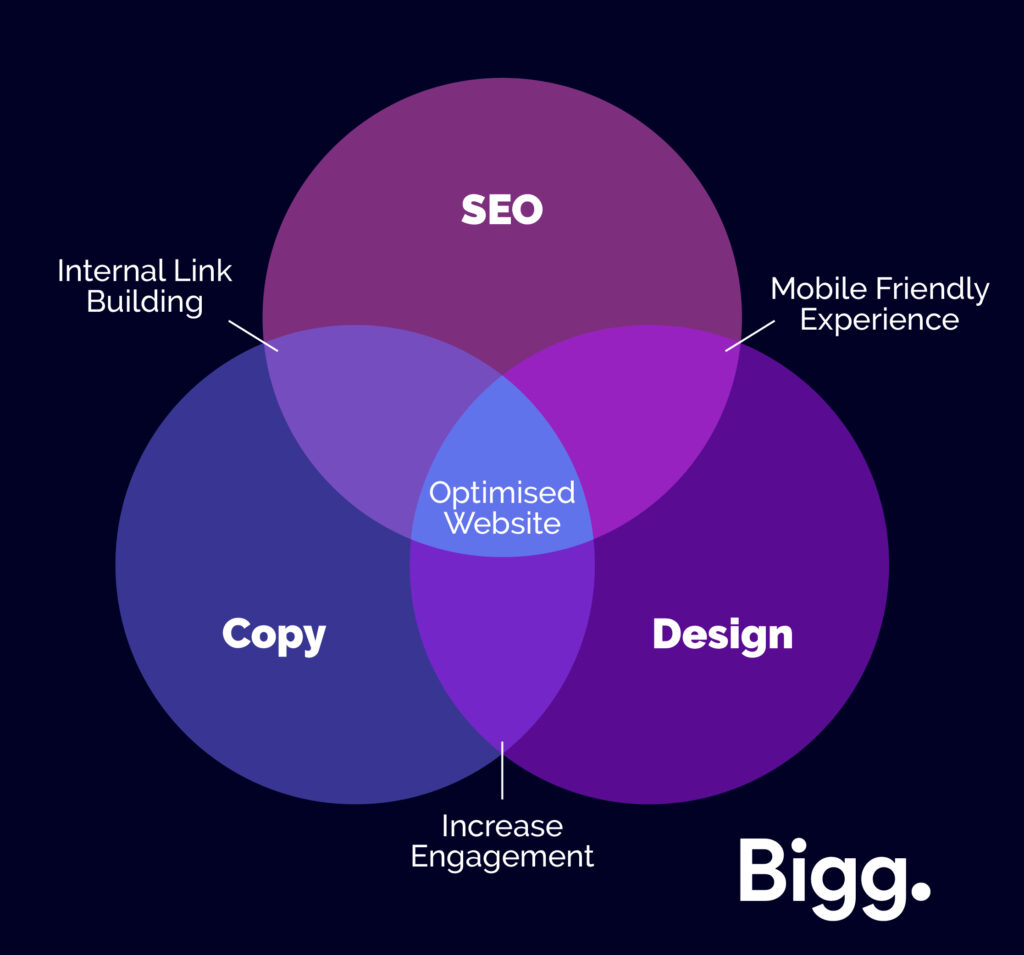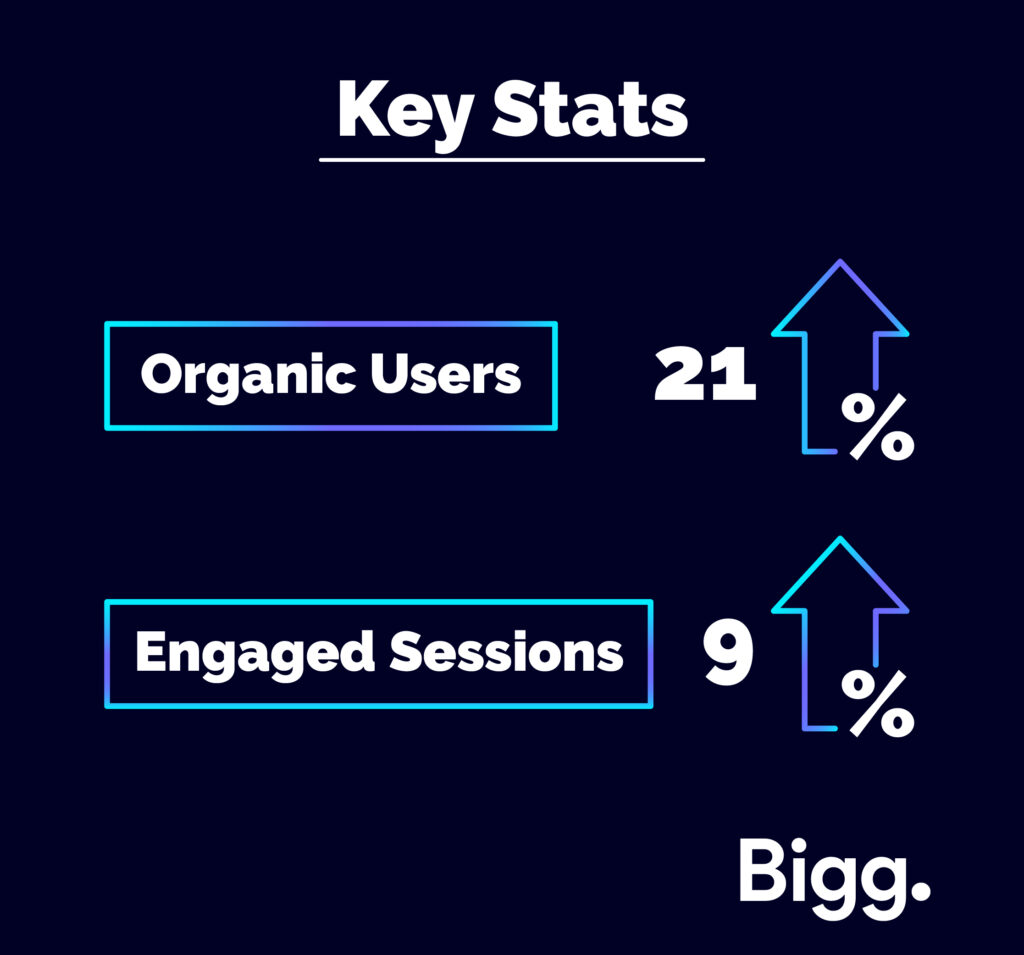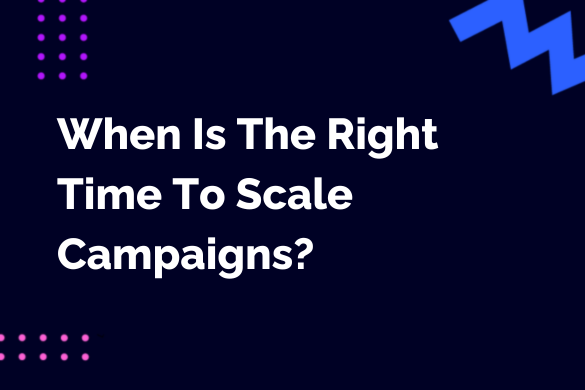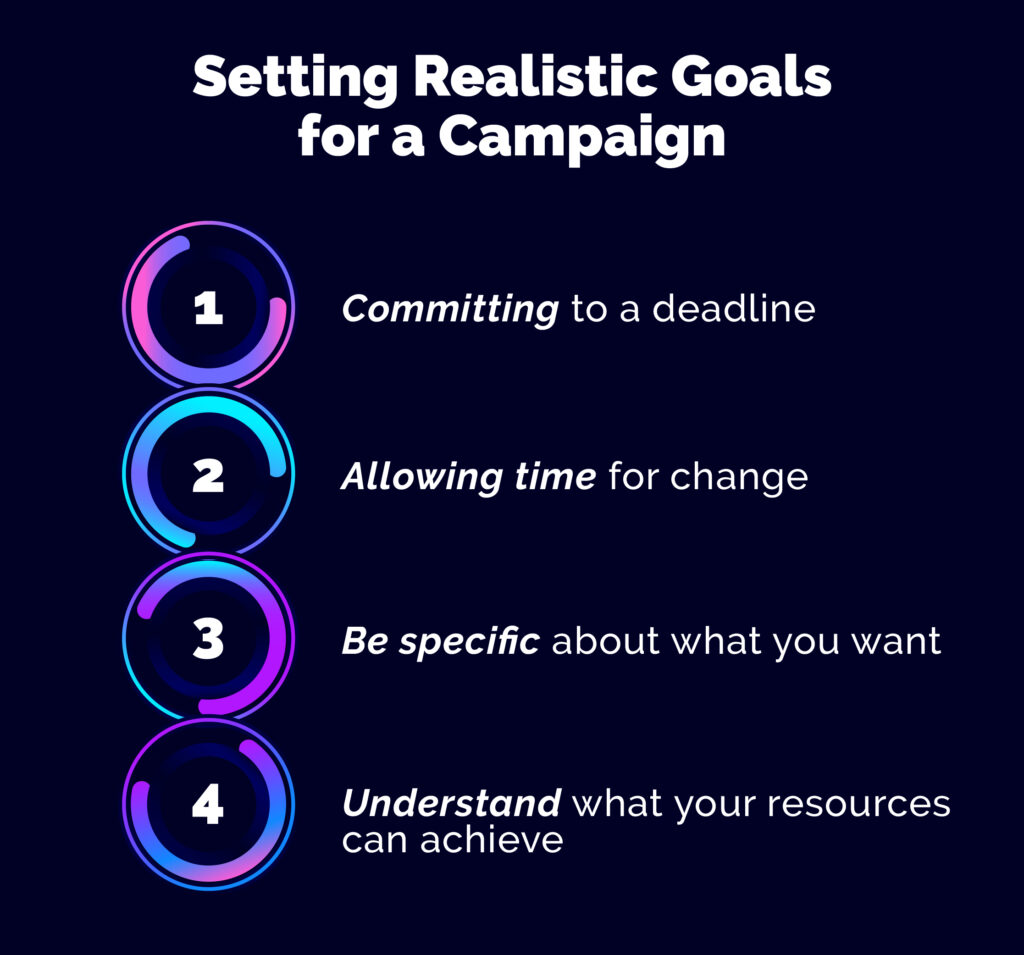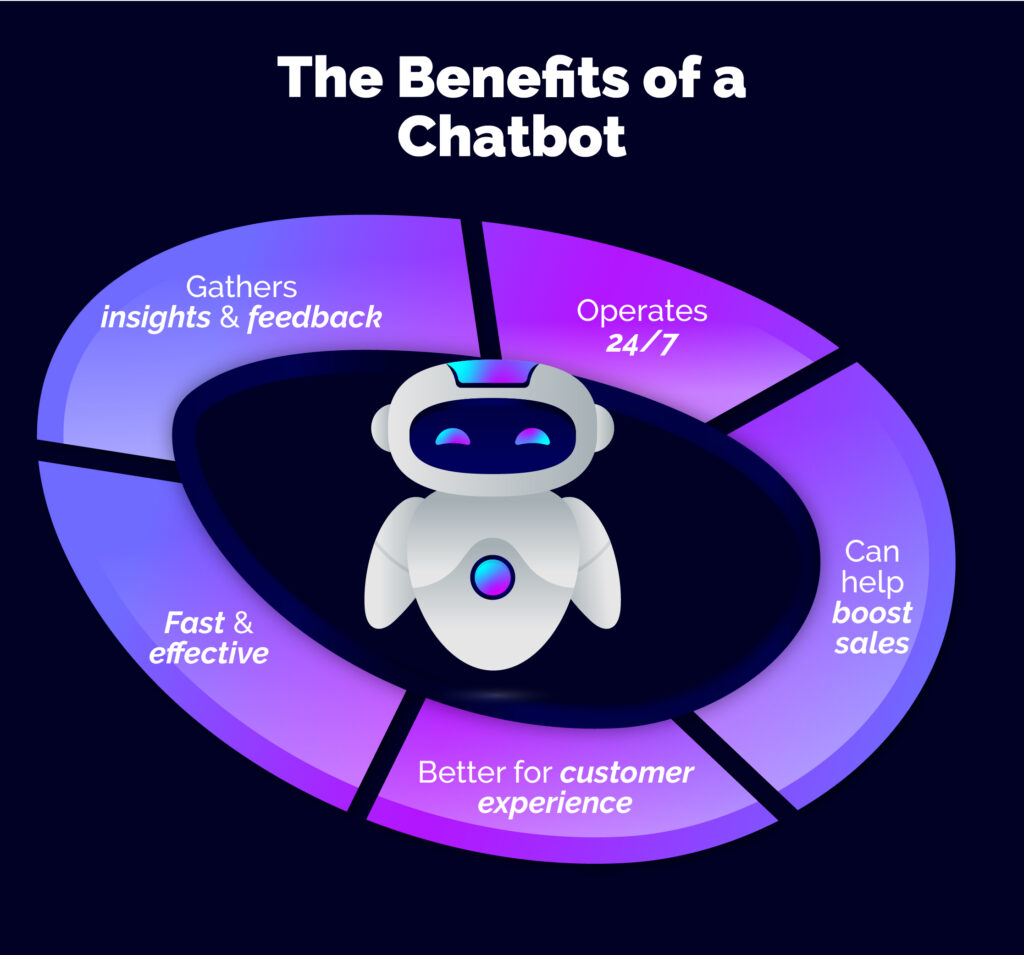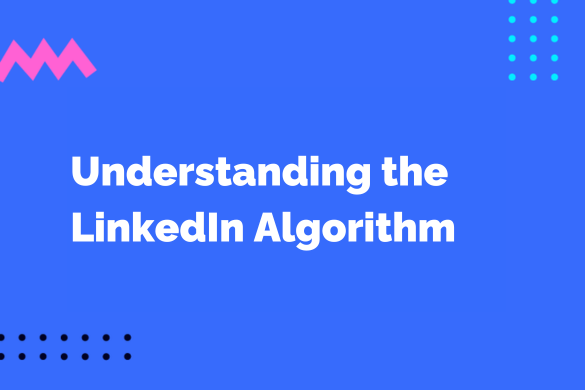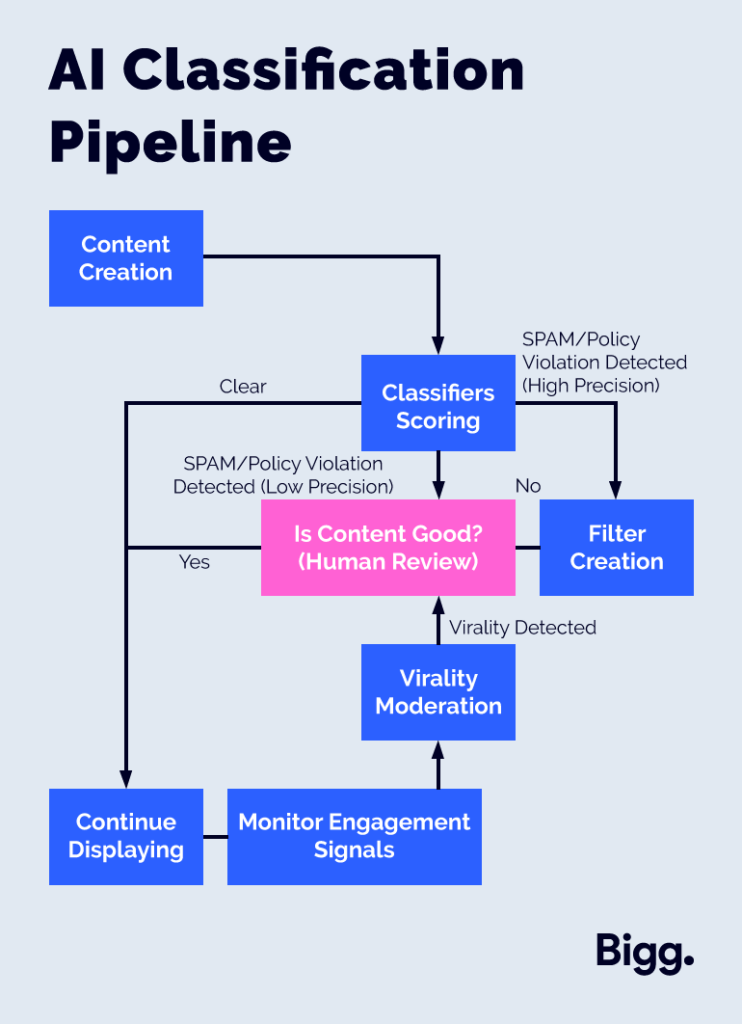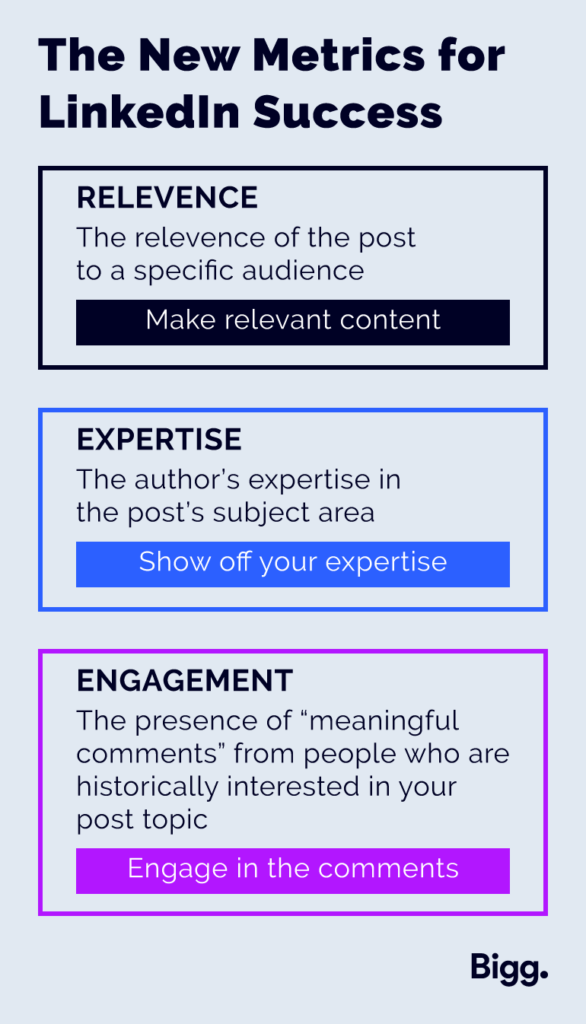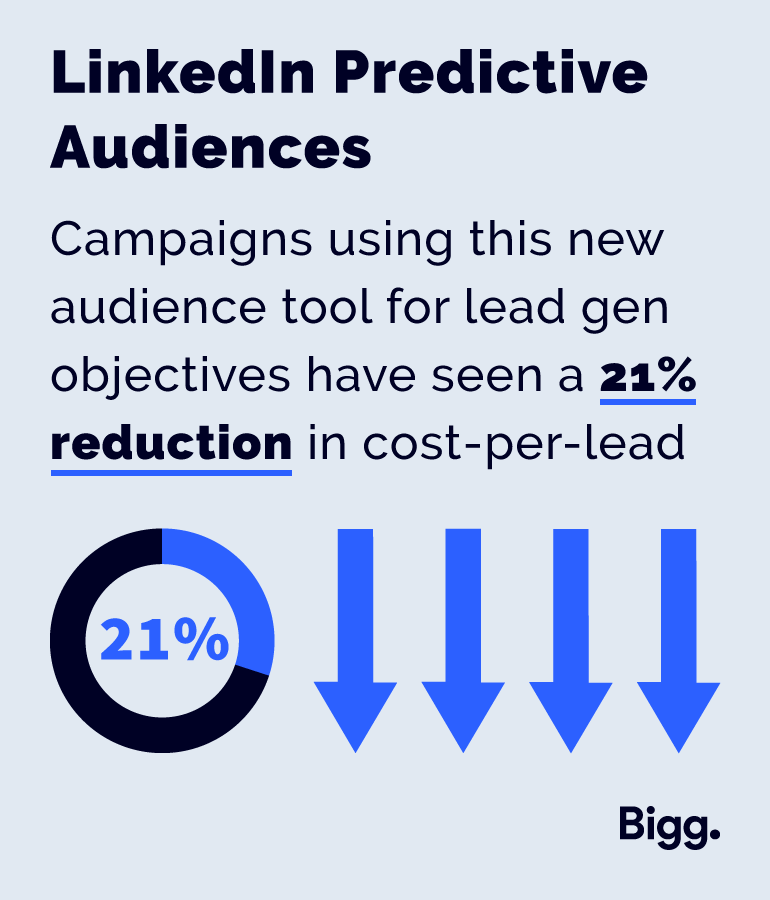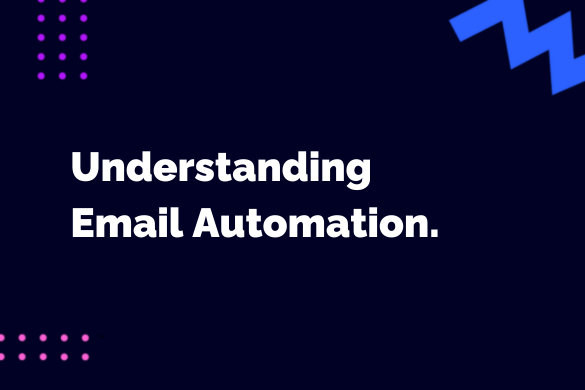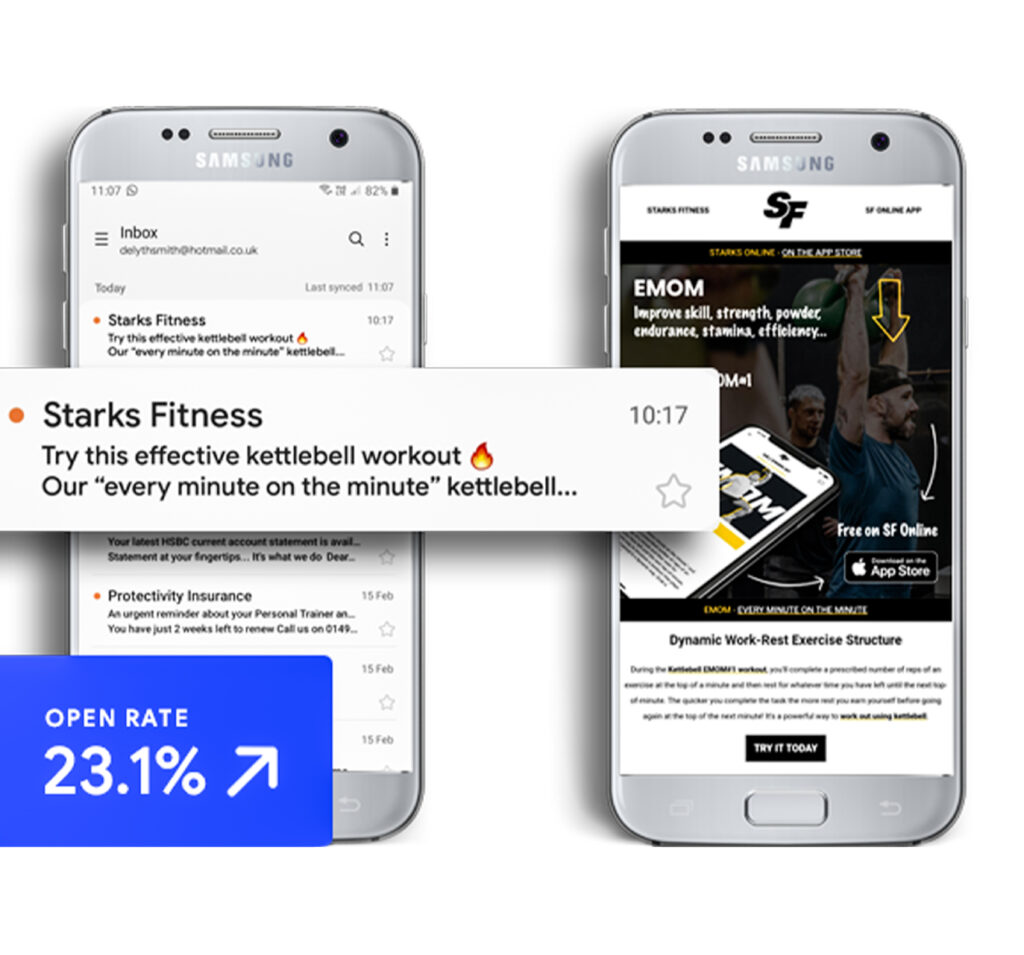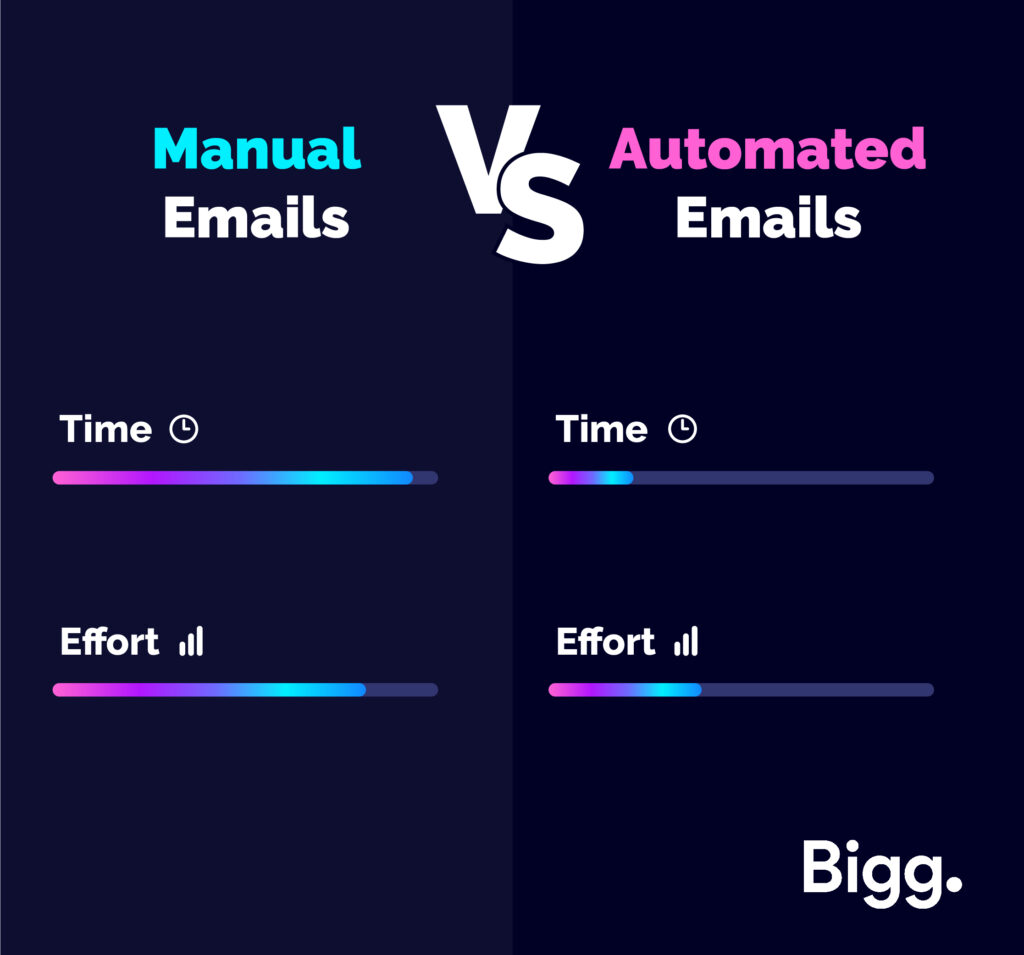We all love a good social media scroll, but recently, you’ve likely noticed that you can’t get further than a few posts without stumbling across a paid shopping ad or a piece of sponsored content.
This is social commerce, and it’s revolutionising the way brands engage with customers and drive sales. Want a piece of the action? Keep reading to find out about the key trends, platforms and strategies that’ll help you leverage social commerce in your digital marketing strategy.
Social Commerce: The Basics
So, what is social commerce all about? In short, it refers to the integration of social media platforms with e-commerce systems, allowing users to purchase products without having to leave the app. This allows brands to meet consumers where they spend a significant amount of their time without them having to be redirected to a website to complete a transaction, creating a more streamlined customer experience. With 5.17 billion people using social media as of 2024, social commerce offers the perfect opportunity to reach a larger, global audience.
In-app shopping experiences have also proved to be more bespoke than those directly on a website. Personalisation is highly valued by consumers in today’s marketing, so being able to use the power of social media to show your shoppable content to the right people at the right time is a huge plus. And the numbers don’t lie: the social commerce market hit an estimated revenue of $571 billion worldwide in 2023, and is projected to grow exponentially in the years to come. This is a testament to the fact that if you’re an e-commerce brand, you need to make sure your social shopping experience is as streamlined as your SEO strategy.
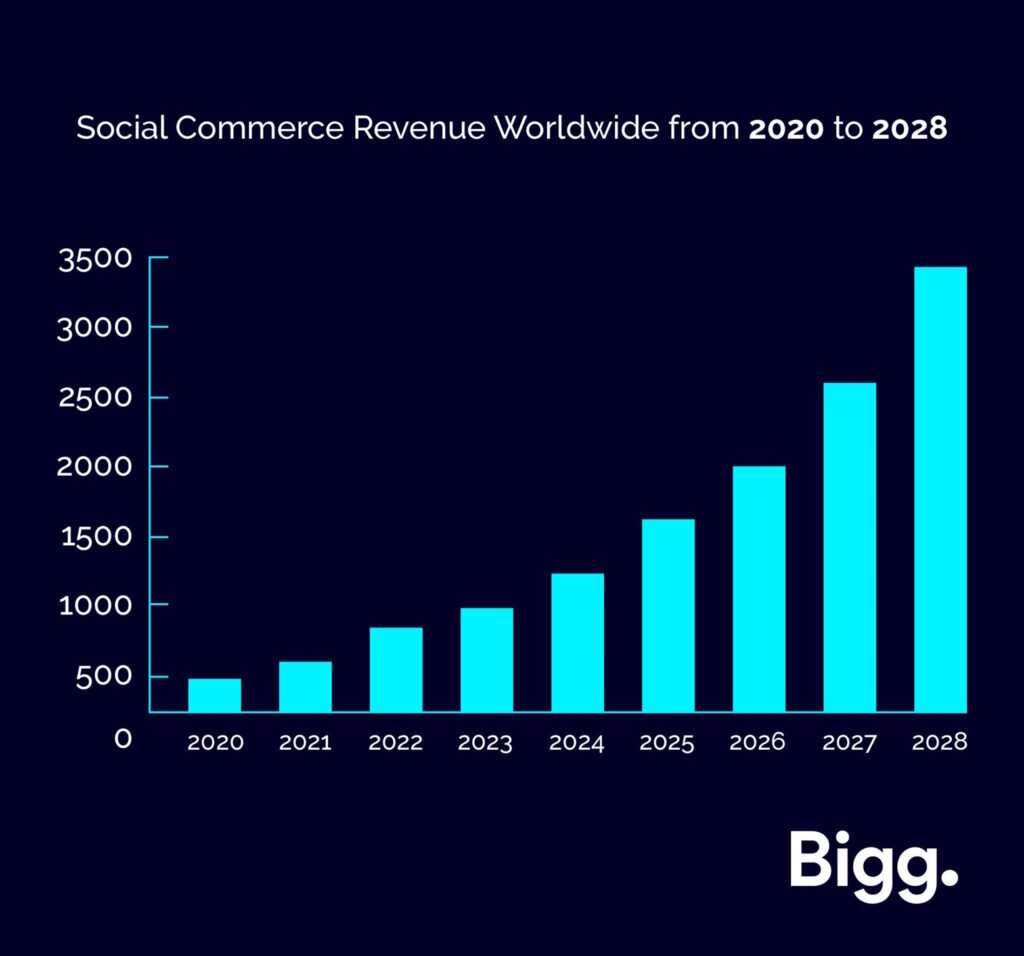
Major Platforms
TikTok Shop
Although a little late to the party, it’s safe to say that TikTok has taken the social commerce world by storm. The short-form video content giant has revolutionised how users interact with shopping ads, with 62% of weekly users engaging in e-commerce behaviour on the app.
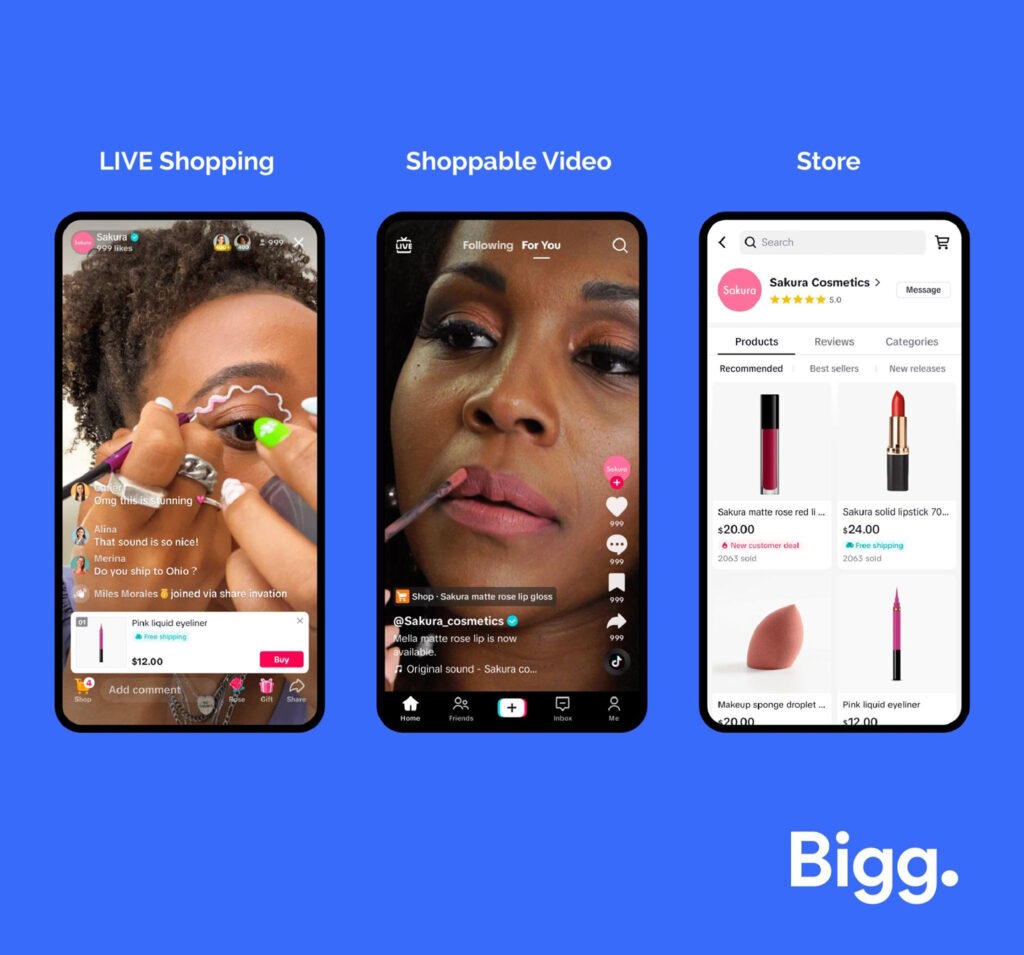
There are four main ways that brands can market and sell products on TikTok:
- Shoppable videos: In-feed videos like these appear as sponsored content when a user is scrolling.
- Product showcase: Brands can create a showcase of products that users are most likely to engage with in the app.
- Live shopping: ‘Lives’ are a great way for creators and brands to interact with users by demonstrating products in real time, whilst answering relevant questions posed in the comment section.
- Shop tab: Much like a shopfront, this feature allows users to browse products, content and promotions.
Instagram Shopping
According to Hubspot, Instagram is considered the third most trusted social commerce platform, with the second best in-app shopping experience. As one of the pioneering visual-centric social media platforms, users expect sponsored content to be polished and personable. So much so, that 30% of consumers now begin their research and buying journey on Instagram.
Perhaps Instagram Shopping’s most helpful feature is its ability to add product tags to images and videos, allowing customers to be directed to your shop page to find out more information about a product or browse similar items. The Explore tab also features a dedicated shopping section, making product discovery relatively effortless.
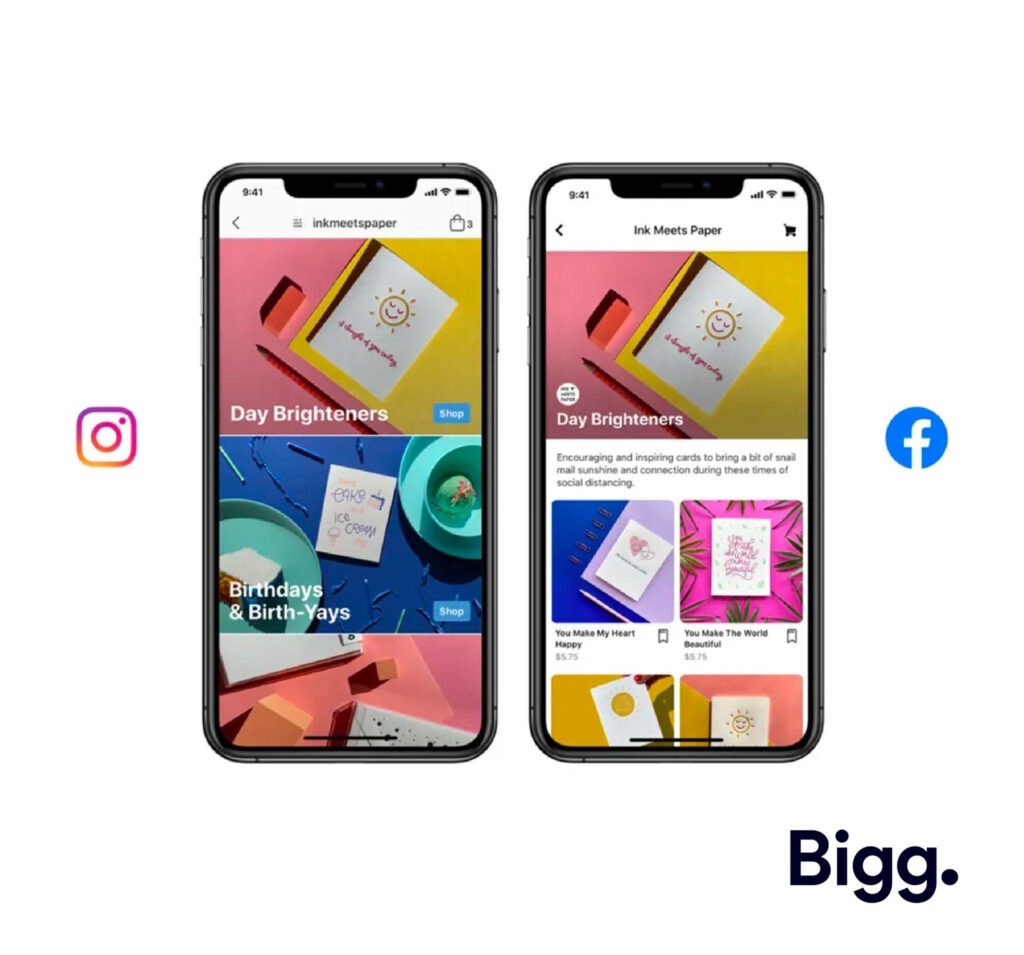
Facebook Shops
In keeping with the Metaverse, in 2023 Facebook was crowned the most trusted social shopping platform by Hubspot. Much like Instagram, with a main shopfront and the ability to create collections, the Facebook app features a robust marketing platform for showcasing products to users.
Strategies for Success
So, how do you create a social commerce strategy that actually works? Check out our top tips below.
Research Your Audience
Like with any digital marketing strategy, you need to get to know your audience and their behaviours in order for your social commerce efforts to be successful. This is an important step in defining your demographics, which will help you make better informed choices on the best platforms, ads, content and targeting for your brand.
Create Engaging Content
High-quality, engaging content is the cornerstone of successful social commerce. Invest in visually appealing images and videos that showcase your products in action. You can use short-form content platforms like Instagram Reels and TikTok to create interactive and immersive shopping experiences.
Utilise User-Generated Content
User-generated content (UGC) adds authenticity to your brand and builds trust with potential customers. Encourage your customers to share their experiences with your products and feature their content on your social media channels. UGC not only establishes brand credibility, but also serves as powerful social proof.
Leverage Influencer Marketing
We live in the golden age of influencer marketing and working alongside online creators who embody your brand’s beliefs, so why not take advantage of this trend? Search for and reach out to influencers who fit the mould of your brand – it could be the much-needed extra push you need to boost your social commerce sales.
Checkout Optimisation
The whole point of creating these social storefronts is so your customers can conveniently checkout without leaving the app, so making sure that they can make purchases without any hiccups is crucial. Make sure you test this step’s user experience quality regularly.
Product Personalisation
Use data-driven insights to understand your customers’ preferences and behaviour, and implement personalised product recommendations, targeted ads and customised shopping experiences to deliver a tailored social shopping experience.
Review with Analytics
Routinely check on your social commerce performance to see if any updates need to be made. Remember: your audience demographics may have changed over time, so it’s worth refreshing your research every now and then and making changes based on the results.
Stay Ahead of the Curve with Bigg
Not seeing the results you want through your social commerce platforms? There’s no better time than now to refresh your marketing strategy in order to stay ahead of the curve and leverage the latest trends to connect with your audience at every stage of the conversion funnel.
As an agency of digital marketing specialists, the team at Bigg can help you realign your social commerce strategy for optimal results. Want to find out more about our innovative, data-driven approach to digital marketing? Get in touch with us.

